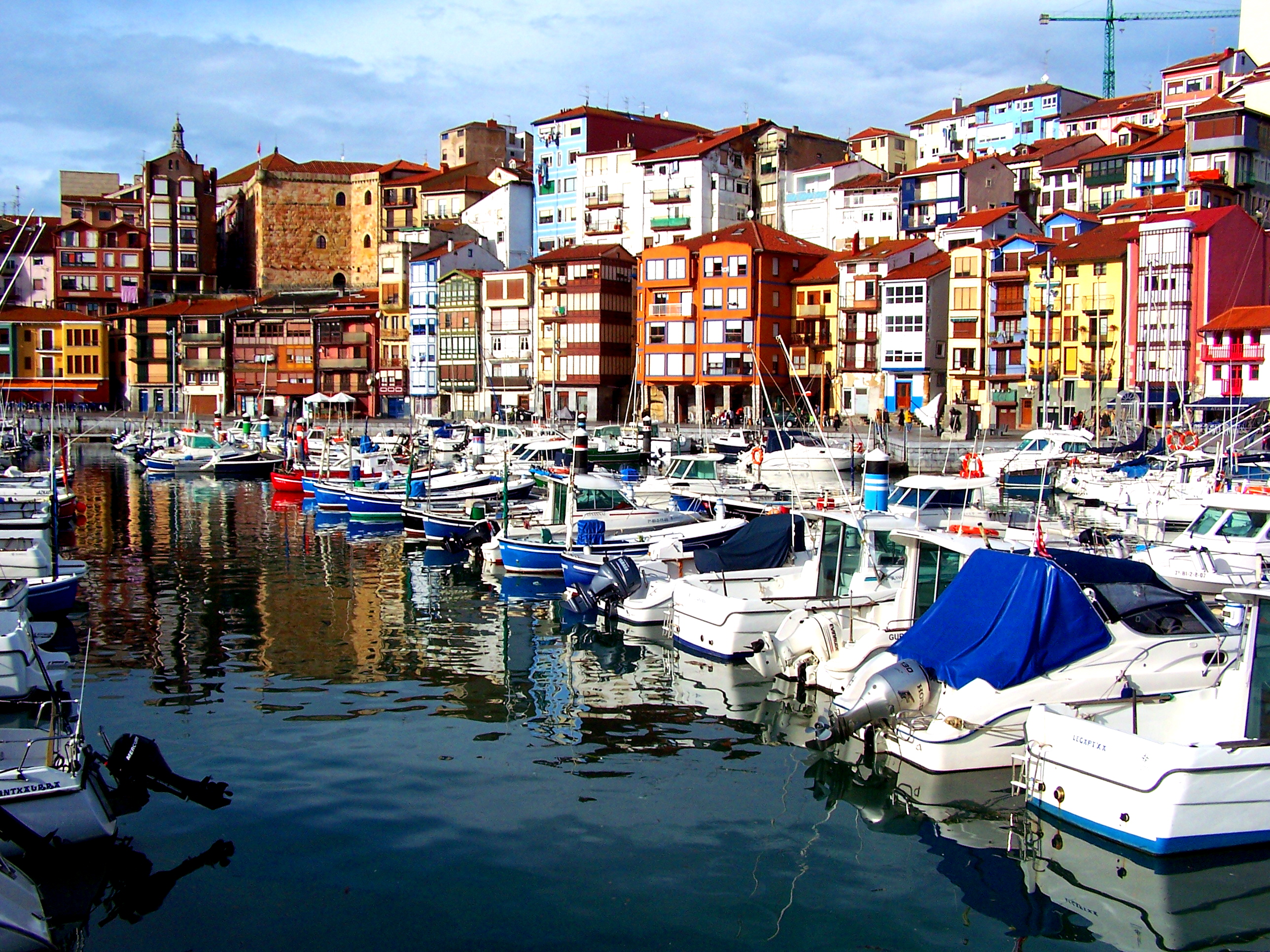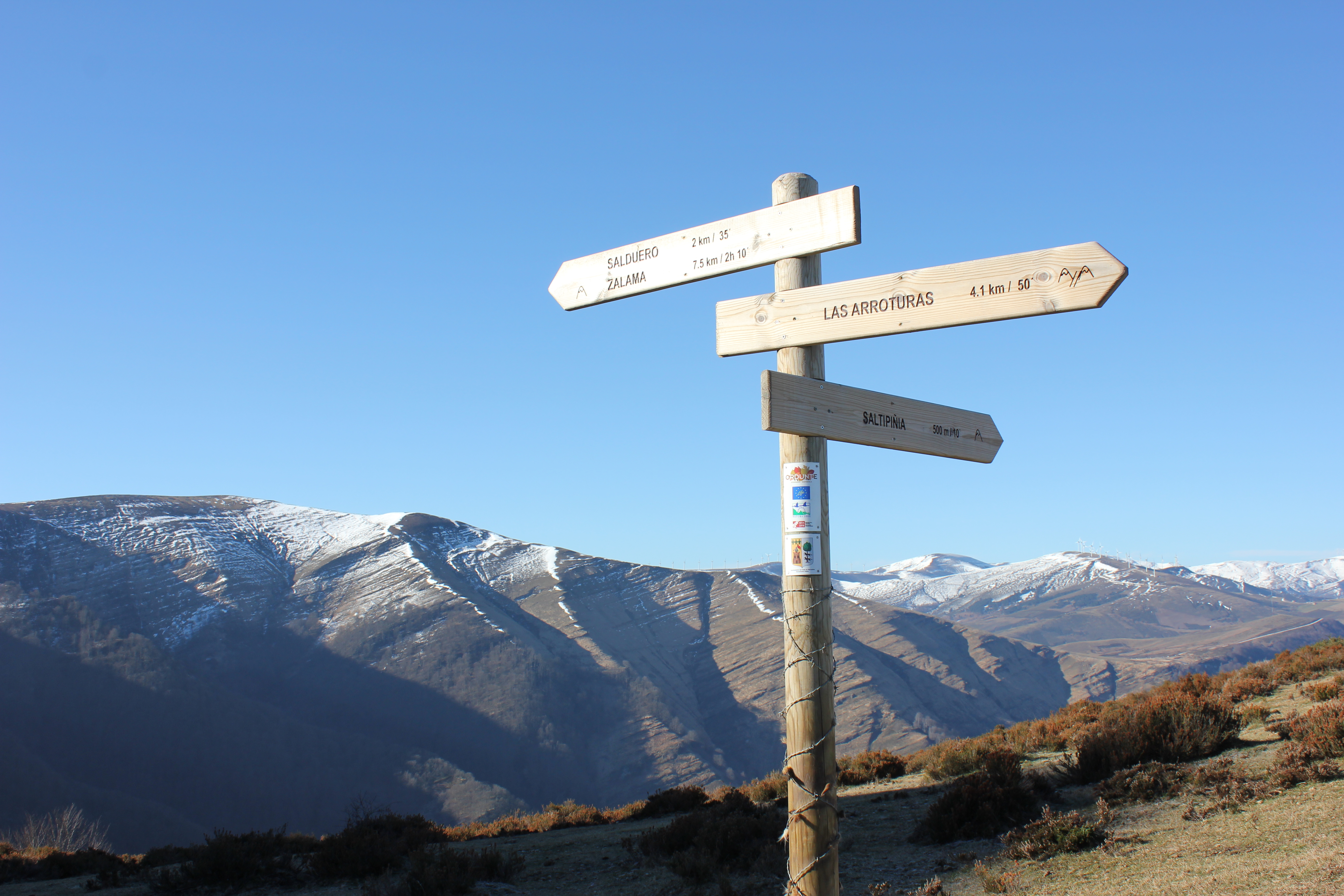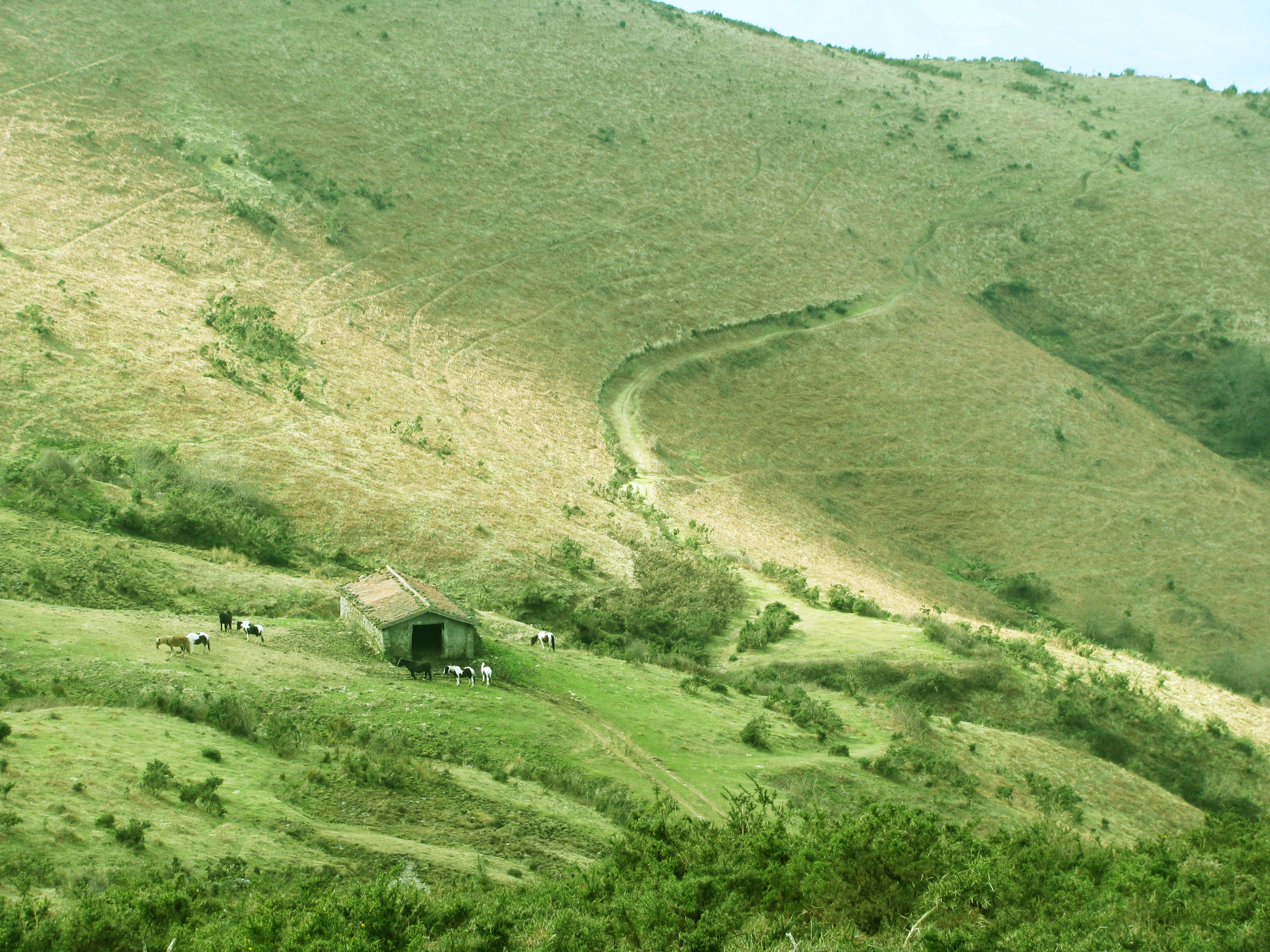Basque ethnography at a glance

Fishing city of Bermeo. Labayru Fundazioa Photographic Archive.
In the old days (and currently to a lesser extent) small-city dwellers provided assistance to each other. Prevailing low-rise housing blocks accommodated barely a handful of residents, and the lack of a lift and a parking garage in the building made transit up and down the stairs compulsory and constant, and therefore, ensured closer and regular contact. (more…)
In 1934 J. de Yrizar said “the origins of the farmstead lie in the modest livestock housing known as borda, still seen in the mountains of the Basque Country. […] Most importantly, the building skills and ingenuity of the farmer combined all these elements [stone and oak and chestnut wood]”. In 1981 J.M. de Barandiaran expanded this point of view to note “many ancient rural houses are faithful copies of shepherd’s huts”, which amounts to saying the impact of shepherding practices and communal work (auzolana) resides precisely there, for the work of the hand —not the knowledge— of the artisan in a great number of short-lived or precarious human settlements, as is the case with animal housing, is truly exceptional. (more…)
In former times, when the structure of farmhouses (etxeak, in Basque) was still made of wood, open animal housing in the commons (herriko lurrak) was regulated. Enclosures (borda-barrukiak) were built for livestock to use as natural refuge (from heat, flies…). The Charter of Lapurdi, Title III Article I, says: “Every parish in Lapurdi counts with communal and neighbourhood lands owned by all its parishioners where a certain kind and number of farm animals is allowed to graze”. “Sheds, lodges and fencing may be erected for housing livestock, shepherds and rangers”, with no other requirement but the common obligations applying to any “human settlement”. Besides a high regard for private property, we shall mention open access rights, exclusive dedication to pasture, respect for the veto system, protection of trees and forests, etc. This environment would inevitably develop here and elsewhere. (more…)

Signpost on the ascent to Llana de Salduero in the Valley of Carranza. Luis Manuel Peña. Labayru Fundazioa Photographic Archive.
Place names are like an invisible coat that covers the territory we inhabit, Barandiaran wrote. Several layers overlap the landscape, as many as readings we could give of it: the geologist is capable of analysing its innermost essence, that which holds all others in place; the botanist gives account of ground-cover vegetation; the geographer is able to provide an interpretation by which the work of humans is brought to the surface; and the prehistorian attempts to decipher the remains of our forebears of long ago. Against this background, what is the task of the ethnographer? Namely, to learn the language of human activity, the ways of life and their impact, and interpret it in light of the testimonies of the people who live and work in the region under study. Through fieldwork with the local community, even more so when it concerns the study of rural environments, and more particularly mountain areas, the ethnographer uncovers place names that could only have been anchored in the surroundings by informants who actually use them and inherited them from ancestors who lived on the land before. Not to mention, of course, the major role of the linguist, who gathers names of geographical locations from the mouths of folks who employ them. (more…)



